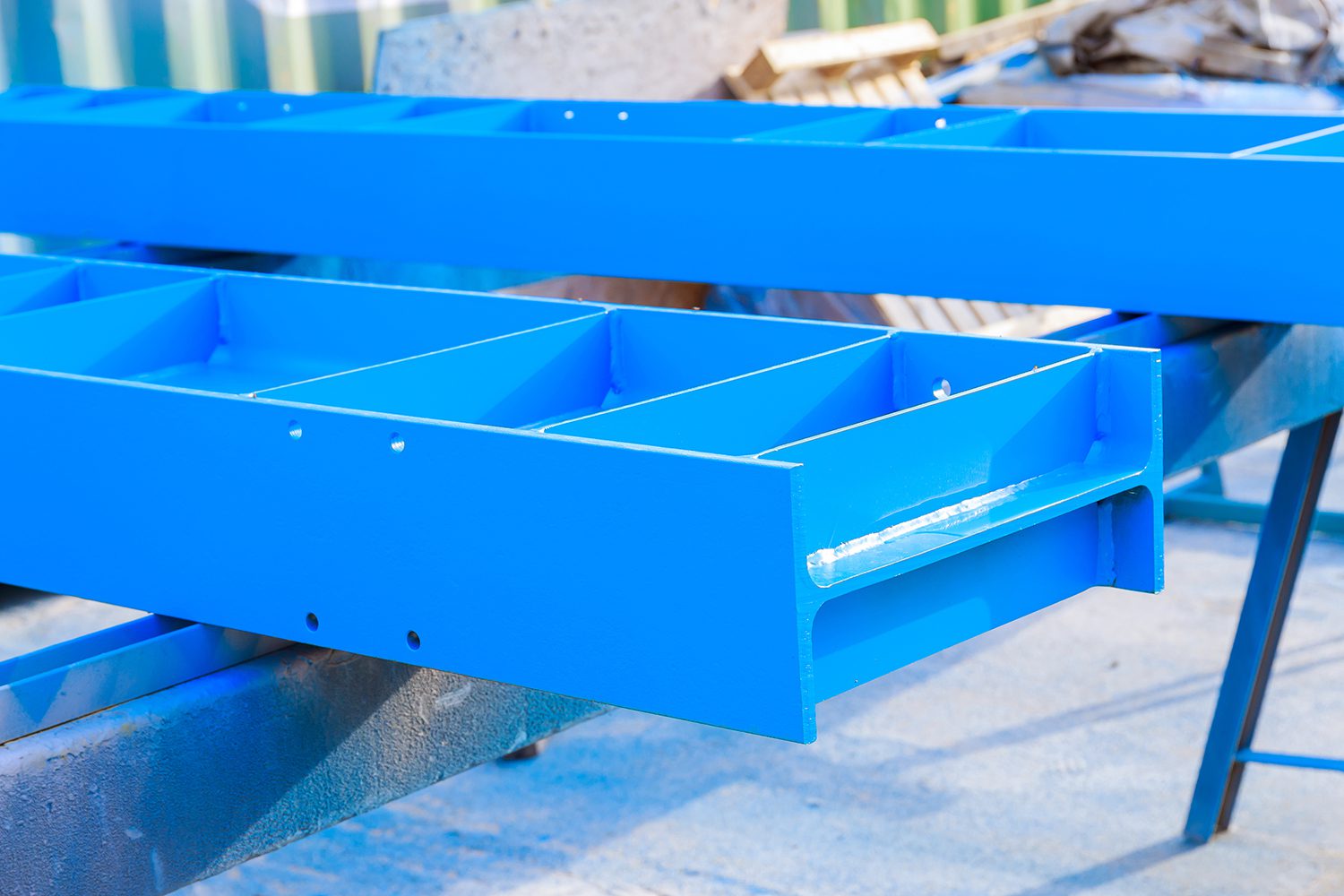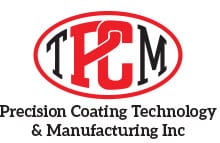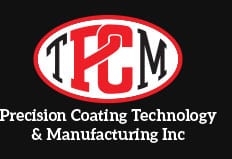Can You Powder Coat Aluminum? A Complete Guide to Durable Finishes

The simple answer is yes, powder coatings are perfectly usable on aluminum surfaces, but there are some technical concerns and notes that you should consider! Powder coatings are perfect for protecting your metal surfaces and providing a wide range of attractive colors. However, these protective finishes can have technical advantages and disadvantages depending on a number of factors.
As experts in powder coatings of all kinds, we want to educate our customers on how to make the most of our incredible technologies. With Precision Coating Technology & Manufacturing, you can have a true partner in equipment and productivity tools – Call us today to have a conversation about your most important equipment concerns.
How Can You Powder Coat Aluminum?
The methods of powder coating are very similar across all metals and materials, but there are some unique properties of aluminum and aluminum products that impose considerations for the process:
Surface Preparation
Surface preparation is critically important to ensure high-quality results. A corroded or unclean surface can result in a flaking or failing powder coat. The surface preparation process could involve:
- Scraping, grinding, and solvents to remove prior coatings.
- Power washing or brushing to clean the surface of dirt.
- Sandblasting the surface to create a rough, clingy surface.
Each step improves the final results, which is why we provide each of your products with rigorous preparation and care.
Powder Application

After clearing the surface, coating specialists mix the proper powder coating formulation, including colors, resins, and any other chemicals needed for a quality coating. Then, the technician uses either an electrostatic spray gun or fluidized bed coating to apply the powder to the equipment.
The exact manner of application depends on the size of the equipment and the type of coating you have ordered. Still, both techniques utilize static cling to ensure the powder particles adhere to the metal surface before curing.
Curing
Once the powder coating is solidly clinging to the surface, the powder must be baked for a permanent layer of protection. This involves inserting the parts into an oven set to a high temperature. This temperature is typically between 300 and 400 degrees Fahrenheit, depending on the coating formula, thickness, and part size.
Quality Inspection
After curing the coating and letting the parts cool, your parts are ready for inspection. The inspection process involves checking for even coat thickness, uniform color, and stable adhesion to the metal substrate. This ensures high-quality, high-performance results are critical to the many industries we service.
Several testing and quality check methods exist, from simple naked-eye inspection to more intensive methods. Destructive testing is often done on an additional powder coating piece to check the batch for durability and strength.
Why Should You Powder Coat Aluminum

Aluminum is an incredibly useful material thanks to its innate corrosion resistance, low weight, and high durability. Thanks to these properties, aluminum is used across the medical, aeronautical, and naval fields. And with a powder coating, the benefits include:
- Improved corrosion resistance
- Improved durability and impact resistance
- Finished in an attractive array of colors
Powder coating has marked benefits that can provide long-term productivity gains thanks to improved durability and consistency with your equipment. From handles and grips to cases and covers, any aluminum surface that sees regular use can benefit from powder coating.
Powder Coat vs. Anodization vs. Liquid Paint
Additionally, when compared to liquid coatings and anodization, some advantages shouldn’t be ignored:
Powder Coat Vs Anodization
Anodized aluminum can have a very thin, even film across very complex parts that create an effective layer of protection. However, anodization erodes more quickly when used than powder coatings. Additionally, powder coatings have a wider array of color options.
Powder Coat vs Liquid Paint
Powder coating is not the only option for your equipment’s protection, but there are very few situations in which powder coating is the least effective choice. Across many industries, powder coating is the go-to option for increasing durability and productivity!
Choose PCTM for Your Aluminum’s Powder Coating!
If you were asking, ‘Can you powder coat aluminum?’ you might have other questions about this powerful bit of technology – What happens inside a powder coating shop, or how do our industrial ovens provide effective curing? No matter what your questions are, we have the answers!
Every piece of equipment we produce is given a high-quality coating formulated, applied, and cured with a wealth of knowledge and information. If you are looking for an answer to your most common workday frustrations, then we have the answer! Don’t put up with frequent replacements or unsightly scuffs any longer. Call Precision Coating Technology & Manufacturing today!

